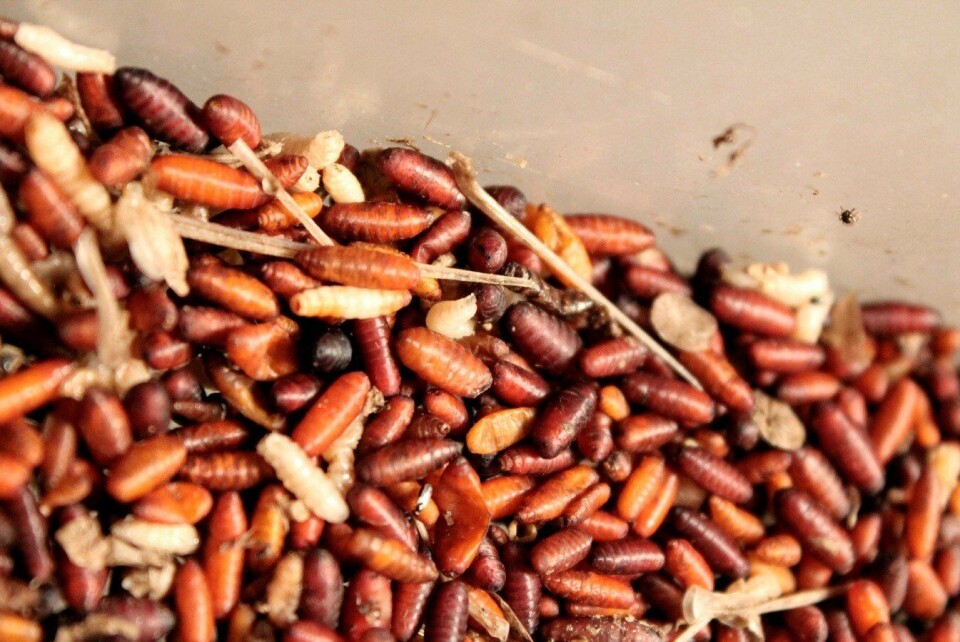
Insect meal in salmon feeds
A 60-70% increase in consumption of animal products is expected by 2050. This increase will demand enormous resources, the feed being the most challenging because of the limited availability of natural resources, ongoing climatic changes and food-feed-fuel competition. The costs of conventional feed resources such as soymeal and fishmeal are very high and moreover their availability in the future will be limited. Insect rearing could be a part of the solutions.
According to the article “State-of-the-art on use of insects as animal feed” by Harinder P.S. Makkar, from FAO, although some studies have been conducted on evaluation of insects, insect larvae or insect meals as an ingredient in the diets of some animal species, this field is in infancy. Different studies have confirmed that palatability of these alternate feeds to animals is good and they can replace 25 to 100% of soymeal or fishmeal depending on the animal species.
Insect rearing could be one of the ways to enhance food and feed security. They grow and reproduce easily, have high feed conversion efficiency (since they are cold blooded) and can be reared on bio-waste streams. One kg of insect biomass can be produced from on average 2 kg of feed biomass. Insects can feed on waste biomass and can transform this into high value food and feed resource.
Several experiments have shown that black soldier fly larvae could partially or fully substitute for fishmeal in fish diets. However, additional trials as well as economic analyses are necessary because reduced performance has been observed in some cases, and the type of rearing substrate and the processing method affect the utilization of the larvae by fish. These larvae can be used as an ingredient for the formulation of diets in different forms (fresh, chopped, or dried and ground).
Among other species, meal from this larvae has been used with channel catfish (Ictalurus punctatus), blue tilapia (Oreochromis aureus), turbot (Psetta maxima), giant river prawn (Macrobrachium rosenbergii), Rainbow trout (Oncorhynchus mykiss) and Atlantic salmon (Salmo salar).
Trials with salmonids
In the case of Rainbow trout, dried ground black soldier fly prepupae reared on dairy cattle manure enriched with 25 to 50% trout offal has been used to replace up to 50% of fishmeal protein in trout diets for 8 weeks without significantly affecting fish growth or the sensory quality of trout fillets, though a slight (but non-significant) reduction in growth was observed. In a 9-week study, replacing 25% of the fishmeal protein in rainbow trout diets with black soldier fly prepupae meal (reared on pig manure) did not affect weight gain and feed conversion ratio.
Meanwhile, in Atlantic salmon a control diet containing 200 g/kg fishmeal (FM) was stepwise replaced by insect meal (black soldier fly larvae) at 25%, 50% or 100% FM replacement. Insect meal containing diets performed equally well as the FM group and increase in feed conversion efficiency was observed. Histology did not show any differences between any of the dietary groups and sensory testing of fillets did not reveal any significant difference. However, these authors did caution that the method of preparation of insect meal could impact performance.
You can access the entire article in the following link.






















































